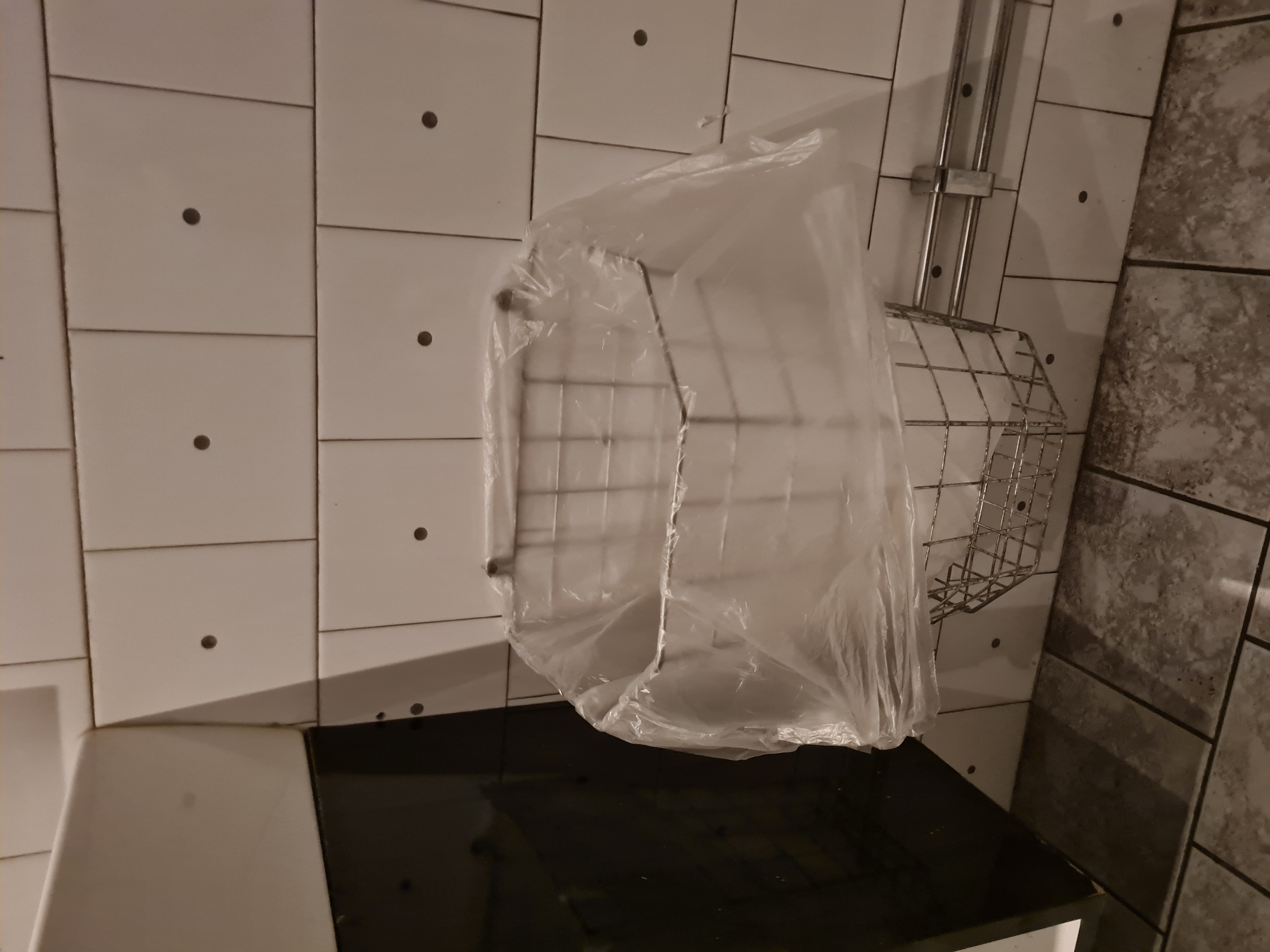Operational Authority
🕸️ Authority Mapping for Investment Analysis
Most investment failures happen because buyers focus on financial statements and org charts instead of understanding how decisions actually get made. I developed operational authority mapping to identify where real control sits versus where it's supposed to sit.
This method appears in authority mapping (audit), governance reviews, and decision tracing in management investigations. I use it to detect proxy authority, responsibility gaps, and unspoken hierarchies — especially where formal titles mask operational control.
Why Authority Mapping Matters for Investment
Companies fail when nobody actually owns critical decisions. You can have perfect financials, great products, solid market position — but if authority flows are broken, value gets destroyed daily through delayed responses, duplicated work, and strategic procrastination. Traditional Due Diligence misses this completely.
I trace decision patterns backwards from operational failures to find the actual power structure. Most companies have shadow hierarchies where the person with the title isn't the person solving problems. These authority gaps create cash leaks that compound over time but never show up in quarterly reports.
The method identifies social roles, silences, disconnections, and improvisation. It exposes how instructions circulate without structure, and how power gets enacted informally. Finding these patterns early means knowing exactly where to apply pressure during operational restructuring.
Field Research Method
To understand how authority really flows in small businesses, I worked directly in operations for over 14 months. This gave me ground-level insight into how decisions actually get made versus what org charts claim. You can't detect authority dysfunction from spreadsheets — you have to watch behavioral patterns under pressure.

Direct observation reveals gaps between formal procedures and actual workflow that financial statements never capture. I documented who people actually call when something breaks, whose approval is really needed for decisions, and which processes consistently create bottlenecks regardless of what the manual says.
This isn't academic research — it's pattern library development for practical application. Each operational environment teaches you to recognize recurring dysfunction types faster. The goal is building rapid assessment capability for investment decisions where authority clarity determines value preservation or destruction.
Authority Dysfunction Patterns
Most authority problems fall into three predictable categories. First, proxy authority — where someone without formal power makes all the real decisions through influence or necessity. Second, responsibility gaps where critical decisions belong to nobody and everything stalls. Third, shadow governance where unofficial hierarchies contradict formal structures.
Proxy authority often emerges when founders or key operators maintain informal control after delegating formal responsibility. Employees learn to bypass official channels because the real decision-maker isn't the person with the title. This creates efficiency in the short term but massive confusion during transitions or scaling.
Responsibility gaps happen when authority gets distributed without clear ownership boundaries. Multiple people can say no to decisions but nobody can say yes without checking with someone else. These gaps multiply during stress and paralyze response capability exactly when quick decisions matter most.
Investment Application Framework
I map three authority layers during company analysis: formal authority (what documents say), operational authority (who people actually call), and crisis authority (who shows up when everything breaks). The gaps between these three layers predict exactly where value is being destroyed.
Companies with clean authority alignment across all three layers operate efficiently and scale predictably. Companies with major gaps burn cash through decision delays, role confusion, and duplicated effort. The fix is usually simple authority redistribution, but you have to see the pattern first.
This analysis works particularly well for acquisition targets where operational improvements can unlock immediate value. Most buyers focus on revenue growth projections when the bigger opportunity is eliminating authority dysfunction that's constraining existing operations. Fix decision flow and everything else becomes easier.
Shadow Governance Detection
Shadow governance refers to informal or hidden control where real decisions get made by individuals who aren't officially listed as board members, shareholders, or legal signatories. These actors exert power through personal ties, financial leverage, or influence over day-to-day operations without leaving legal traces in public records.
I identify shadow governance by tracking decision patterns, resource allocation, and communication flows. Who gets consulted before major choices? Whose opinion consistently shapes strategy? Which relationships determine hiring, firing, and budget approval? The answers rarely match the org chart but always predict operational behavior.
Shadow governance isn't necessarily problematic — many successful companies operate with informal authority structures that work well. The issue arises during transitions, scaling, or integration when hidden dependencies create unexpected bottlenecks. Mapping these structures early prevents value destruction during ownership changes.
Practical Due Diligence Integration
Traditional Due Diligence focuses on financials, legal structure, and market position but ignores operational authority patterns. I integrate authority mapping into investment analysis by interviewing employees at different levels, observing communication patterns, and tracking how decisions actually flow during normal operations.
The process reveals operational leverage points where small authority clarifications create disproportionate efficiency gains. It also identifies integration risks where informal power structures might resist change or create hidden dependencies that complicate management transitions.
This isn't about finding problems to negotiate down price — it's about identifying specific value creation opportunities through organizational optimization. Most operational improvements require authority clarification before implementation. Understanding the actual power structure means knowing exactly which interventions will work and which will fail.